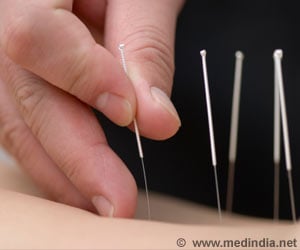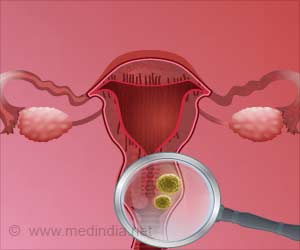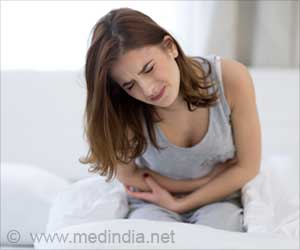For every 1,000 men whose death is certified by medical professionals, the corresponding figure for women is 600.

‘Uttar Pradesh, India's most populous state, is estimated to have the largest number of cancer cases in 2014. Maharashtra ranks second, followed by Bihar, West Bengal and Andhra Pradesh.’





For every 1,000 men whose death is certified by medical professionals, the corresponding figure for women is 600. Four in five deaths in India were not certified by medical professionals in 2013. One in every 128 deaths in Jharkhand is certified by a medical professional -- the worst record of any state and an indication of the absence of healthcare in India's second-poorest state by per capita income.
Of 132,099 registered deaths in Jharkhand -- carved out of Bihar in the year 2000 and currently ruled by the Bharatiya Janata Party -- 1,028 were medically certified (0.8 percent), 19.7 percent lower than the average for India, where 20.5 percent of deaths are certified. As many as 5.21 million deaths were registered in India in 2014, of which 1.06 million were medically certified.
Though certified deaths doubled in Jharkhand from 458 in 2013 to 1,028 in 2014, the improvement did not move the state of 33 million from the bottom rung. Up to 37 percent of Jharkhand's population lives below the poverty line, according to a 2014 report of the erstwhile Planning Commission; 50 percent of Jharkhand's districts have poverty levels above 40 percent.
No new hospital was opened since the creation of Jharkhand 16 years ago, while the state's population surged by more than five million between 2001 and 2011. No new college opened either over the last 15 years, and existing colleges were not expanded.
Advertisement
As many as 99.5 percent deaths in Goa were certified -- the highest among all states/Union territories -- followed by Lakshadweep (98.3 percent) and Puducherry (77.6 percent).
Advertisement
Diseases of the circulatory system -- or heart-related diseases -- accounted for more deaths than any other, claiming in equal proportion the lives of men (31 percent) and women (32 percent). Death from circulatory system diseases rose from 24 percent of deaths in 1999 to 32 percent in 2014, an increase of eight percentage points.
As many as 23 percent deaths in India between 2010 and 2013 were due to heart-related diseases, according to 2013 census data; 21 percent in rural and 29 percent in urban areas. After heart disease, chronic obstructive pulmonary disease is the second-most common affliction.
Deaths due to neoplasm (cancer) increased from 3.6 percent to 5.4 percent and deaths due to infectious and parasitic diseases declined from 14.7 percent to 12 percent. Neoplasms mean abnormal tissue growth, of which cancer is the most common.
The prevalence of breast cancer increased by 166 percent between 1990 and 2013, prostate cancer cases rose 220 percent, deaths due to ovarian cancer 123 percent, and deaths due to mouth cancer among men 134 percent.
Uttar Pradesh, India's most populous state, is estimated to have the largest number of cancer cases in 2014. Maharashtra ranks second, followed by Bihar, West Bengal and Andhra Pradesh.
Source-IANS









